Engaging in community service is more than just an opportunity to help others. It also plays a crucial role in shaping a student’s future.
By participating in volunteer activities, students enhance their knowledge and gain valuable experience that can influence their career paths.
This hands-on involvement not only boosts their cognitive abilities but also fosters essential life skills such as patience, empathy, and social awareness.
Community service allows students to interact with diverse groups of people, which is vital for personal growth.
These interactions help them develop a better understanding of their community and the challenges faced by those around them. It also reduces stress and helps them stay physically and mentally active.
The Importance of Community Service in Student Education
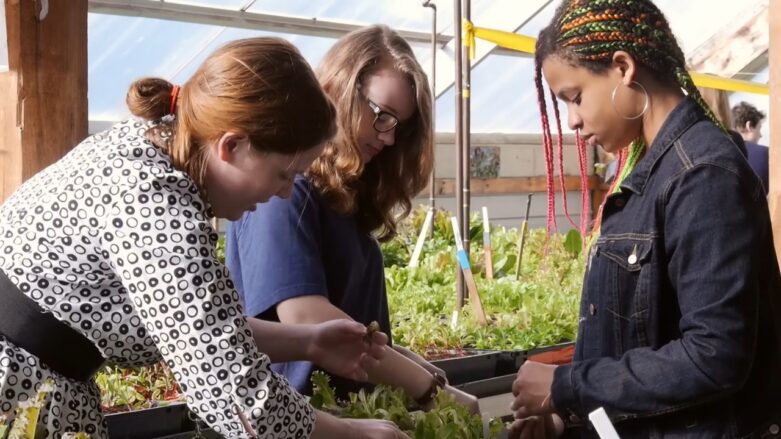
Community service plays a vital role in the educational development of students by fostering essential life skills, enhancing social and communication abilities, and building a strong sense of responsibility.
Developing Essential Life Skills Through Volunteering
Engaging in community service helps students develop valuable life skills that are beneficial both inside and outside of the classroom.
For example, volunteering can enhance problem-solving abilities by presenting real-world issues that require immediate solutions.
Teamwork, another critical element, is often needed during group projects, which prepares students for potential work environments where collaboration is essential.
Furthermore, high school students experience diverse situations that improve adaptability and time management skills.
Enhancing Social and Communication Abilities
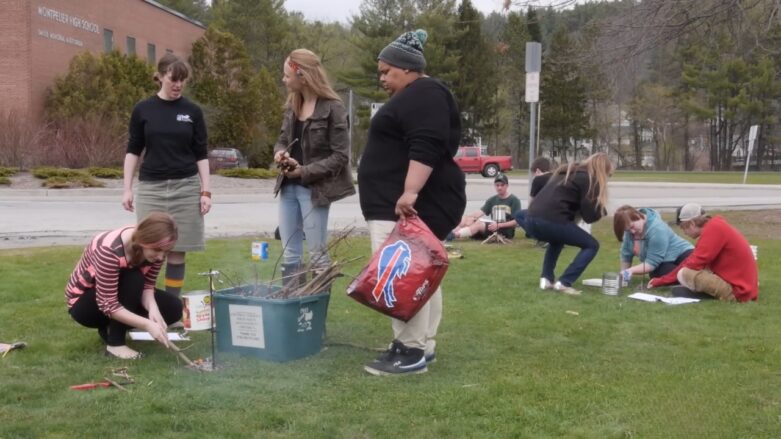
Community service offers students a chance to interact with a wide range of individuals, thereby improving their social and communication abilities.
Working with adults and peers during these activities teaches students the nuances of effective communication, such as listening actively, empathizing with others, and expressing ideas clearly.
These interactions also help students gain confidence in their social skills, making it easier for them to participate in classroom discussions and group projects.
This boost in communication skills can significantly influence their future careers and personal lives, helping them to network and build lasting relationships.
Community Service as a Means of Building Responsibility
Volunteering imbues students with a strong sense of responsibility toward their communities.
By participating in regular service activities, they learn the importance of commitment, punctuality, and reliability—traits that are highly valued in both educational settings and the workplace.
This sense of responsibility often translates into better performance in their high school curriculum.
Students who are responsible in their community service tasks are more likely to be responsible in their classes, completing assignments on time and participating fully in their education.
Personal Benefits of Community Service for Students
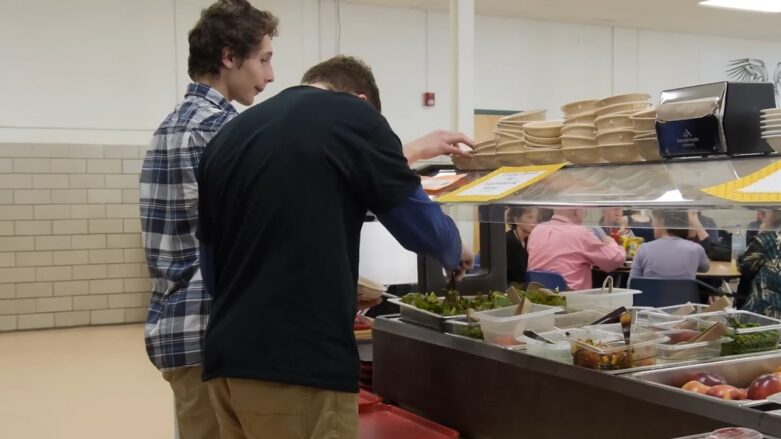
Engaging in community service offers students numerous personal benefits.
These activities can enhance mental and physical health, boost confidence, and aid personal growth.
Boosting Mental Health and Emotional Well-Being
Active participation in community service can significantly improve mental health.
Students often find a sense of purpose when they help others, which can reduce feelings of depression and anxiety.
Volunteering can distract from personal issues, making students feel more positive and engaged.
Interaction with diverse groups of people also helps build social connections, providing emotional support.
These activities promote a sense of belonging and community, reducing social isolation. This support network is essential for maintaining good emotional health.
Improving Physical Health and Reducing Anxiety

Community service often involves physical activity, which benefits overall health. Activities such as gardening, building, or collecting donations can increase physical fitness.
Regular physical movement boosts energy levels and reduces chronic pain. Physical activity also lowers anxiety levels.
The act of volunteering can decrease stress hormones, leading to a more relaxed state.
Additionally, engaging in meaningful work can lower blood pressure and improve cardiovascular health, reducing the risk of chronic illnesses.
Strengthening Self-Confidence and Personal Growth
Taking on new challenges through community service can enhance self-confidence.
Successfully tackling tasks outside of their comfort zones helps students realize their capabilities.
This confidence can spill over into other areas of their lives, such as academic performance and social interactions.
Personal growth is another significant benefit. Volunteering offers leadership opportunities and the chance to develop problem-solving skills.
Students learn to work as part of a team, improving their collaboration abilities.
These experiences contribute to a well-rounded, confident individual ready to face future challenges.
Community Impact and Social Considerations
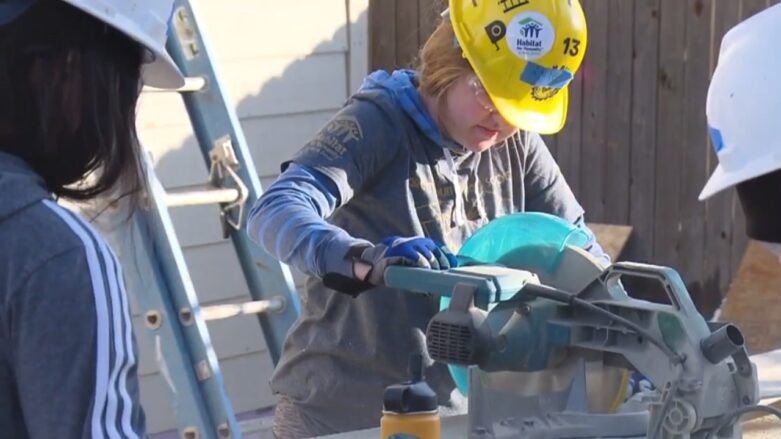
Community service fosters empathy, social awareness, and a deeper connection to diverse populations.
Students who engage in such activities gain a broader perspective on community issues like homelessness and poverty.
Cultivating Empathy and Promoting Social Awareness
Community service allows students to see life from others’ perspectives. Working with people facing hardships such as poverty or disability helps them develop empathy.
This experience encourages them to think beyond their personal needs and recognize societal issues.
Interacting with community members who have different life experiences can deepen social awareness.
Students become more conscious of challenges faced by others, fostering a sense of responsibility.
This awareness can motivate them to contribute positively to society.
Encouraging Diversity and Community Engagement
Engaging in community service exposes students to diverse populations. This interaction can break down stereotypes and foster respect for different cultures and backgrounds.
Working in diverse environments teaches students to appreciate and celebrate differences.
Such experiences promote community engagement. Students learn the importance of teamwork and cooperation.
Volunteering encourages them to build relationships with individuals from various backgrounds, enhancing their social skills and sense of belonging.
Addressing Community Challenges and Homelessness
Community service helps students understand and address local challenges. Many volunteer programs focus on issues like homelessness and poverty.
These experiences allow students to see the impact of these problems firsthand.
By participating in activities such as food drives or shelter support, students contribute to alleviating these challenges.
They develop practical skills and learn the importance of civic responsibility.
Addressing such issues prepares them to be proactive and compassionate members of their community.
Volunteer Opportunities and Building Relationships
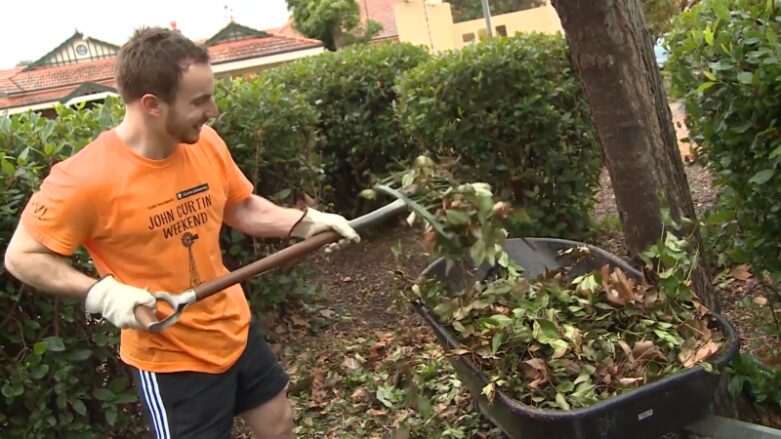
Volunteer opportunities can be a fantastic way for students to find activities that match their interests and passions while fostering meaningful relationships and networks.
Finding Alignments with Personal Interests and Passions
Finding the right volunteer opportunity starts with identifying what the student is passionate about.
If a student loves animals, volunteering at an animal shelter or wildlife sanctuary can be very fulfilling.
For those interested in helping people, working at a soup kitchen, assisting the elderly, or mentoring children can provide a sense of purpose.
Volunteer opportunities are plentiful:
- Animal Shelters: Caring for and training pets.
- Soup Kitchens: Cooking and serving meals to those in need.
- Elderly Homes: Offering companionship and help to seniors.
- Youth Programs: Mentoring and tutoring children.
Volunteering in areas that align with personal interests not only keeps students motivated but also makes the experience more enjoyable.
Creating Lasting Friendships and Networking
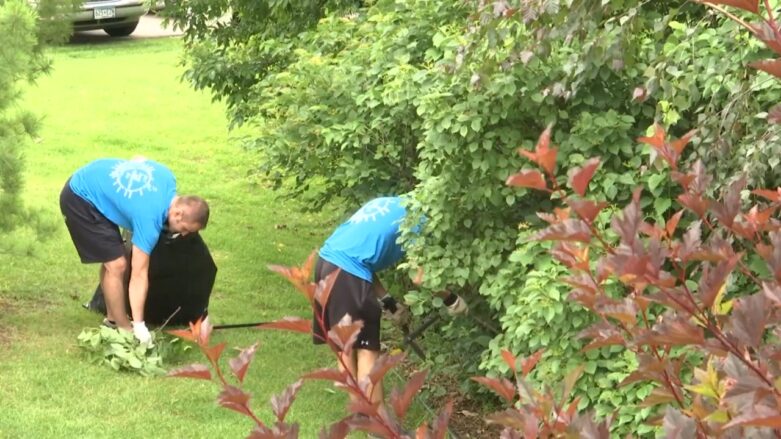
Building relationships is a significant benefit of volunteering. Volunteering provides a platform for students to meet like-minded peers and form genuine friendships.
Working together on community projects strengthens bonds as individuals share experiences and overcome challenges.
Volunteering also offers networking opportunities:
- Community Leaders: Interactions with organizers and leaders who can provide guidance and resources.
- Professionals: Connections with professionals who can offer career advice or internship opportunities.
- Peers: Meeting fellow volunteers who might share similar career or academic interests.
These connections can be invaluable later in life, whether for personal support or professional networking.
Volunteering creates a community that extends beyond the immediate project, fostering a sense of belonging and mutual support.
Practical Advantages in School and Career Readiness
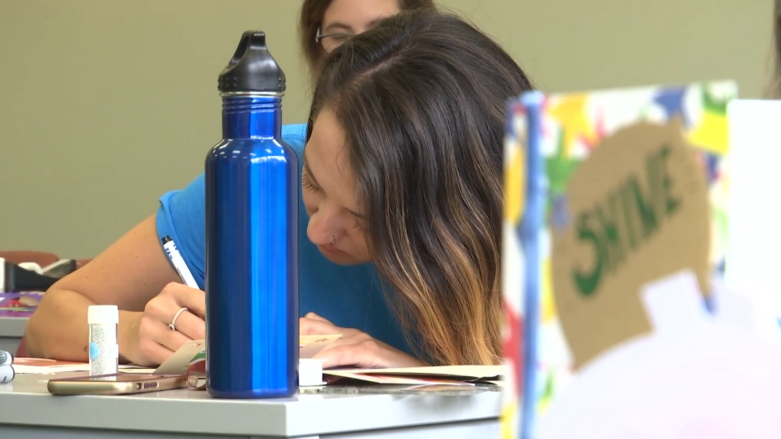
Community service hours provide significant benefits in both college admissions and career readiness.
Students gain practical skills, enhance their resumes, and integrate valuable experiences that contribute to their overall development and success.
Contributing to a Stronger College Admissions Profile
Community service can play a pivotal role in college admissions. Admissions officers often look for well-rounded candidates who have shown commitment to activities beyond academics.
Volunteering demonstrates responsibility and a willingness to contribute to the community.
Engagement in community service highlights leadership and teamwork, qualities colleges find valuable. This kind of involvement also shows personal initiative, which can set applicants apart.
Moreover, students often gain communication and problem-solving skills through these activities, which are looked upon favorably during the admissions process.
Enhancing the Resume and Professional Prospects
Having community service experience on a resume makes a strong impression on potential employers.
It suggests that the candidate is not only skilled but also socially responsible. Volunteering can showcase a variety of transferable skills such as:
- Time management
- Creativity
- Empathy
When students volunteer, they often take on roles that require them to solve problems, manage teams, or interact with diverse groups.
These experiences can be directly related to professional skills required in the workplace.
Thus, community service becomes a practical way to develop and demonstrate abilities that employers value.
Integrating Community Service within Extracurricular Activities
Incorporating community service into extracurricular activities provides students with a well-rounded education.
It helps them apply what they have learned in subjects like reading and math to real-world situations, boosting both academic and personal growth.
Students involved in extracurricular activities such as sports teams or academic clubs can add a service component, enriching their experience.
This not only helps them develop new skills but also fosters a sense of achievement and purpose.
The Role of Parents and the School in Student Volunteering
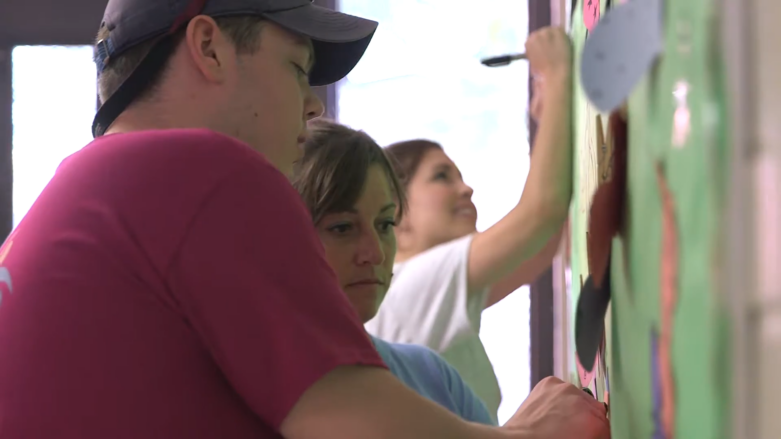
Parents and schools both play a significant role in encouraging students to take part in community service.
They create an environment that values giving back and supports students in finding opportunities that match their interests.
Fostering a Culture of Giving Back at Home and in School
Both parents and schools can nurture a sense of responsibility in students. At home, parents can talk about the importance of community service and lead by example.
They can share stories of how volunteering has helped others and improved their own lives. This instills a mindset of selflessness in students from an early age.
Schools, on the other hand, can integrate volunteering into their curriculum.
They can organize school-wide events, such as food drives or neighborhood cleanups, where every student participates.
Teachers and administrators can highlight the benefits of volunteering, showing students how it builds character and enhances their learning experiences.
When schools and parents work together, students feel more motivated and equipped to get involved.
Parental Involvement and Supporting Student Interests
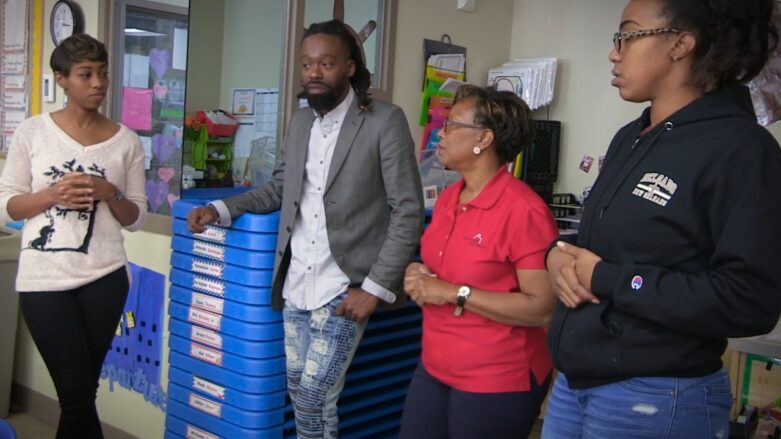
Parental involvement is crucial for encouraging students to volunteer.
Parents can help their children find volunteer opportunities that align with their interests, whether it’s working with animals, helping the elderly, or supporting environmental causes.
This makes the experience more enjoyable and meaningful for the students.
Parents can offer logistical support. They can provide transportation to volunteer sites or adjust family schedules to accommodate volunteering hours.
Keeping an open line of communication with schools can also help parents stay informed about upcoming events and opportunities.
When parents actively support their children’s volunteering efforts, it reinforces the importance of community service and helps students develop a lifelong commitment to giving back.
The Broader Impact of Community Service in Times of Crisis
Community service has significant effects during crises, providing essential support to those in need and helping communities remain resilient.
Responding to Global Challenges such as the Pandemic
During a pandemic, community service plays a critical role. Volunteers assist healthcare workers by distributing supplies and managing logistics.
They help with contract tracing and provide information to the public. Isolation impacts mental health.
Community service activities, like virtual support groups organized by local libraries, help counteract loneliness.
Volunteers also help educate people on how to stay safe. Providing masks and sanitizers or helping with vaccine drives are vital contributions.
These efforts ensure people get the help they need when formal systems are overwhelmed, making society more resilient against such challenges.
Supporting Safety Nets like Food Banks and Shelters
Community service is essential for food banks and shelters, especially during crises. Volunteers ensure these safety nets operate smoothly by sorting, packaging, and distributing food.
They help maintain social distancing measures and assist with logistics to ensure safety.
Soup kitchens see increased demand during economic downturns. Volunteers prepare meals and serve those in need.
Shelters require more hands to manage the influx of people, especially when housing instability surges.
Volunteers also provide emotional support and connect people to additional resources.
These actions are crucial in keeping communities fed and sheltered, especially during tough times.
Engagement and Visibility
Effective engagement in community service hinges on visibility and active participation.
Students benefit from leveraging social media to share their volunteer experiences and from organizations that provide accessible volunteer opportunities.
Utilizing Social Media to Promote Volunteerism
Social media platforms like Instagram, Facebook, and Twitter are valuable tools for promoting volunteer activities.
Students can use these platforms to share photos, stories, and testimonials about their community service work.
This not only raises awareness but also encourages their peers to get involved. Using hashtags related to volunteerism can further increase visibility.
Organizations can create engaging content that highlights student experiences.
By featuring student volunteers, sharing their success stories, and celebrating milestones, organizations can build a strong online community.
This engagement can foster a sense of belonging and motivate more students to participate.
The Role of Organizations in Offering Volunteer Opportunities

Organizations play a critical role in providing volunteer opportunities to students.
Schools, non-profits, and community groups often have structured programs that make it easier for students to get involved.
These opportunities should be widely advertised through school bulletins, social media channels, and community events.
Organizations should ensure that these opportunities are diverse and inclusive.
Offering a range of activities, from environmental clean-ups to mentoring programs, can cater to the varied interests and skills of students.
Clear communication about the impact of their services can help students see the tangible benefits of their efforts, further encouraging participation.
Reflection and Continuous Improvement
Community service allows students to learn and grow beyond the classroom. Reflection helps them examine their experiences, while continuous improvement focuses on setting and achieving new goals.
Learning from Experience: The Value of Reflection
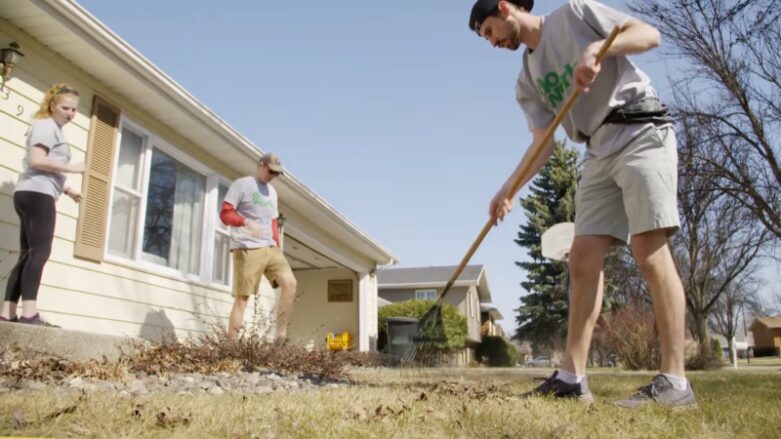
Reflection is essential for students to learn from their experiences.
It involves thinking critically about what they did, the impact they had, and what they learned.
By answering questions like, “What did I learn?” and “How did this help the community?”, students can understand the value of their contribution.
Reflective practices help students connect their service to their academic and personal goals.
This link makes the service meaningful and encourages them to continue participating in community activities.
Regular reflection ensures that students are continually growing and improving, both personally and academically.
Setting Future Goals and Building on Community Service
Setting future goals is a key part of continuous improvement. After reflecting on their experiences, students can identify areas where they can grow or contribute more effectively.
They can set specific, achievable goals for future community service activities.
Court-ordered community service, in particular, can bring significant benefits to the community by providing essential support and resources.
Students should plan how to build on their previous successes and address any challenges they encountered.
This process not only makes their future efforts more impactful but also demonstrates a commitment to the common good.
Setting and achieving these goals ensures that students engage in service that is both meaningful and effective.
This cycle of reflection and goal-setting is crucial for ongoing development and can lead to a lifetime of community involvement.

